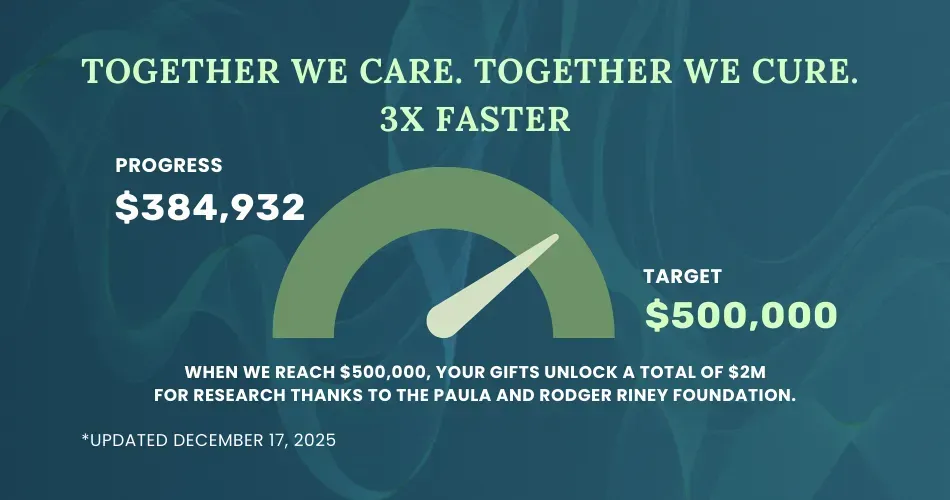How Is Waldenström's Macroglobulinemia Staged And Classified?
Waldenström's Macroglobulinemia (WM) is a rare type of non-Hodgkin lymphoma that produces large amounts of an abnormal protein (macroglobulin). Staging and classification of WM is different from other types of cancer, as it is generally considered as a systemic disease and is present throughout the body at the time of diagnosis. Therefore, the traditional staging system used for most cancers is not applicable to WM.
Instead, the disease is classified based on the level of IgM monoclonal protein in the blood, the patient's hemoglobin level, and the presence of symptoms related to the disease. The International Prognostic Scoring System for Waldenström's Macroglobulinemia (IPSSWM) is often used to predict the prognosis of patients with WM. This system uses five factors: age, hemoglobin level, platelet count, beta2-microglobulin level, and monoclonal IgM concentration.
Phases of Waldenström's Macroglobulinemia
WM typically progresses through three phases:
- Asymptomatic phase: In this phase, patients have the disease but do not show any symptoms. The disease is often discovered during routine blood tests.
- Symptomatic phase: In this phase, patients start to show symptoms such as fatigue, weight loss, and frequent infections. Other symptoms may include bleeding, vision problems, and neurological symptoms due to the high level of IgM protein in the blood.
- Advanced phase: In this phase, the disease has spread to other parts of the body. Symptoms may become more severe, and the disease may become resistant to treatment.
The Mayo Clinic Stratification of WM takes into account specific clinical and laboratory features, including:
- Hemoglobin Level: This system classifies WM into three categories based on the hemoglobin level:
- High risk: Hemoglobin less than 11.5 g/dL
- Intermediate risk: Hemoglobin 11.5 to 13.9 g/dL
- Low risk: Hemoglobin 14.0 g/dL or higher
It's important to note that the progression of WM varies greatly among patients. Some patients may remain in the asymptomatic phase for many years, while others may progress more quickly to the symptomatic or advanced phases.
Want to Learn More About Waldenström's Macroglobulinemia?
Keep reading HealthTree for Waldenström's Macroglobulinemia's 101 pages!
Waldenström's Macroglobulinemia (WM) is a rare type of non-Hodgkin lymphoma that produces large amounts of an abnormal protein (macroglobulin). Staging and classification of WM is different from other types of cancer, as it is generally considered as a systemic disease and is present throughout the body at the time of diagnosis. Therefore, the traditional staging system used for most cancers is not applicable to WM.
Instead, the disease is classified based on the level of IgM monoclonal protein in the blood, the patient's hemoglobin level, and the presence of symptoms related to the disease. The International Prognostic Scoring System for Waldenström's Macroglobulinemia (IPSSWM) is often used to predict the prognosis of patients with WM. This system uses five factors: age, hemoglobin level, platelet count, beta2-microglobulin level, and monoclonal IgM concentration.
Phases of Waldenström's Macroglobulinemia
WM typically progresses through three phases:
- Asymptomatic phase: In this phase, patients have the disease but do not show any symptoms. The disease is often discovered during routine blood tests.
- Symptomatic phase: In this phase, patients start to show symptoms such as fatigue, weight loss, and frequent infections. Other symptoms may include bleeding, vision problems, and neurological symptoms due to the high level of IgM protein in the blood.
- Advanced phase: In this phase, the disease has spread to other parts of the body. Symptoms may become more severe, and the disease may become resistant to treatment.
The Mayo Clinic Stratification of WM takes into account specific clinical and laboratory features, including:
- Hemoglobin Level: This system classifies WM into three categories based on the hemoglobin level:
- High risk: Hemoglobin less than 11.5 g/dL
- Intermediate risk: Hemoglobin 11.5 to 13.9 g/dL
- Low risk: Hemoglobin 14.0 g/dL or higher
It's important to note that the progression of WM varies greatly among patients. Some patients may remain in the asymptomatic phase for many years, while others may progress more quickly to the symptomatic or advanced phases.
Want to Learn More About Waldenström's Macroglobulinemia?
Keep reading HealthTree for Waldenström's Macroglobulinemia's 101 pages!
Trending Articles
Get the Latest Waldenström's Macroglobulinemia Updates, Delivered to You.
By subscribing to the HealthTree newsletter, you'll receive the latest research, treatment updates, and expert insights to help you navigate your health.
Together we care.
Together we cure.
3x Faster.




